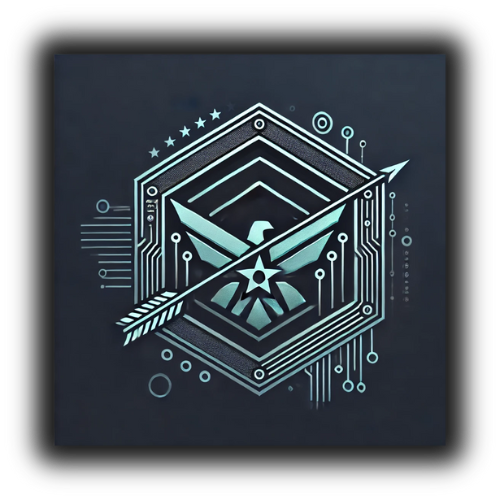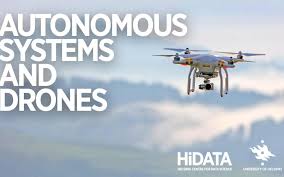
Introduction
Autonomous systems and drones are transforming industries by integrating artificial intelligence (AI), robotics, and advanced sensor technology to perform tasks without direct human intervention. These systems are widely used in military operations, logistics, agriculture, disaster response, and even urban mobility. Drones, also known as Unmanned Aerial Vehicles (UAVs), play a crucial role in surveillance, delivery services, and precision agriculture. Meanwhile, autonomous systems extend beyond drones to include self-driving vehicles, robotic process automation, and AI-driven industrial machinery.
Key Applications
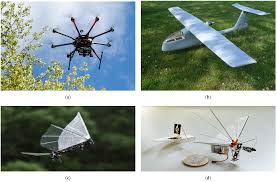
- Military and Defense: Drones are extensively used for reconnaissance, surveillance, and targeted strikes. Autonomous ground vehicles (UGVs) and underwater drones (UUVs) enhance battlefield awareness and security operations.
- Agriculture: Autonomous drones equipped with multispectral cameras and AI analytics help in monitoring crops, detecting diseases, and optimizing irrigation systems, leading to precision farming.
- Logistics and Delivery: Companies like Amazon, UPS, and Google Wing are developing drone delivery systems to reduce transportation costs and improve delivery efficiency, particularly in remote areas.
- Search and Rescue: AI-powered drones equipped with thermal imaging assist emergency responders in locating survivors during natural disasters, fires, or accidents.
- Autonomous Vehicles: Self-driving cars and robotic delivery systems are being tested for urban mobility and transportation, reducing human error and traffic congestion.
- Infrastructure Inspection: Drones are used to monitor bridges, pipelines, power lines, and construction sites, providing real-time data without risking human safety.
Benefits of Autonomous Systems and Drones
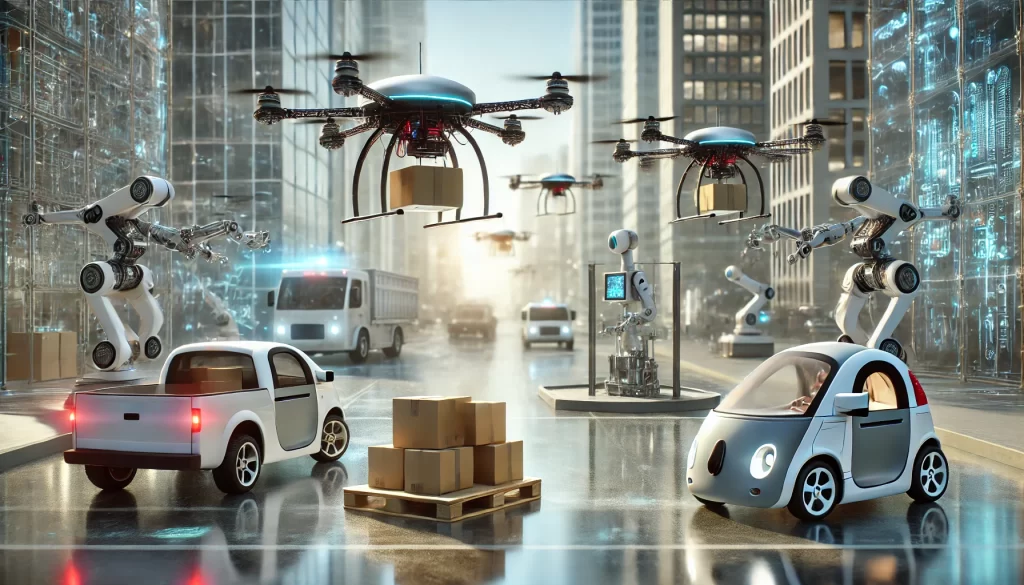
- Enhanced Efficiency: AI-powered automation reduces time, costs, and human labor in industries like agriculture, logistics, and manufacturing.
- Improved Safety: Autonomous systems perform high-risk tasks such as demining, hazardous material handling, and disaster response without endangering human lives.
- Precision and Accuracy: Advanced sensors and AI algorithms ensure high accuracy in tasks such as targeted drone strikes, precision farming, and industrial inspections.
- Scalability: Drones and autonomous systems can easily be deployed at scale for surveillance, package delivery, and monitoring large geographical areas.
Challenges and Limitations
- Regulatory and Legal Issues: Drone regulations vary globally, impacting their commercial and military applications.
- Cybersecurity Risks: Autonomous systems are vulnerable to hacking, GPS spoofing, and AI manipulation.
- Battery Life and Range: Most drones and autonomous vehicles face limitations in endurance and operational range due to battery constraints.
- Public Perception and Ethics: Privacy concerns arise with drone surveillance, and autonomous decision-making in military applications poses ethical dilemmas.
Future of Autonomous Systems and Drones
Advancements in AI, quantum computing, and edge computing will further enhance autonomous systems’ decision-making capabilities. The integration of 5G connectivity will enable real-time drone coordination and faster data transmission. Future developments include swarm drone technology, where multiple drones operate collaboratively for military, search and rescue, and environmental monitoring applications. Additionally, urban air mobility (UAM), with autonomous passenger drones and air taxis, may redefine transportation in smart cities.
As these technologies continue to evolve, autonomous systems and drones will reshape industries, creating safer, more efficient, and intelligent solutions for modern challenges.
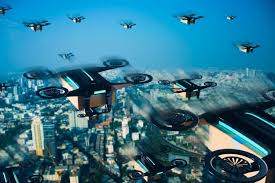
Conclusion
Autonomous systems and drones are revolutionizing industries by combining AI, robotics, and advanced sensor technology to enhance efficiency, safety, and precision. From military operations and logistics to agriculture and disaster response, these technologies are reshaping the way tasks are performed, minimizing human intervention while maximizing effectiveness. Despite challenges such as regulatory restrictions, cybersecurity risks, and ethical concerns, continuous advancements in AI, battery technology, and network connectivity (such as 5G) are pushing the boundaries of what autonomous systems can achieve.
The future will likely see greater integration of autonomous drones in urban environments, the development of smart swarm systems, and even air mobility solutions for human transport. As innovation continues, autonomous systems and drones will play a key role in shaping the future of smart cities, defense strategies, and industrial automation, making them an essential part of technological progress.

